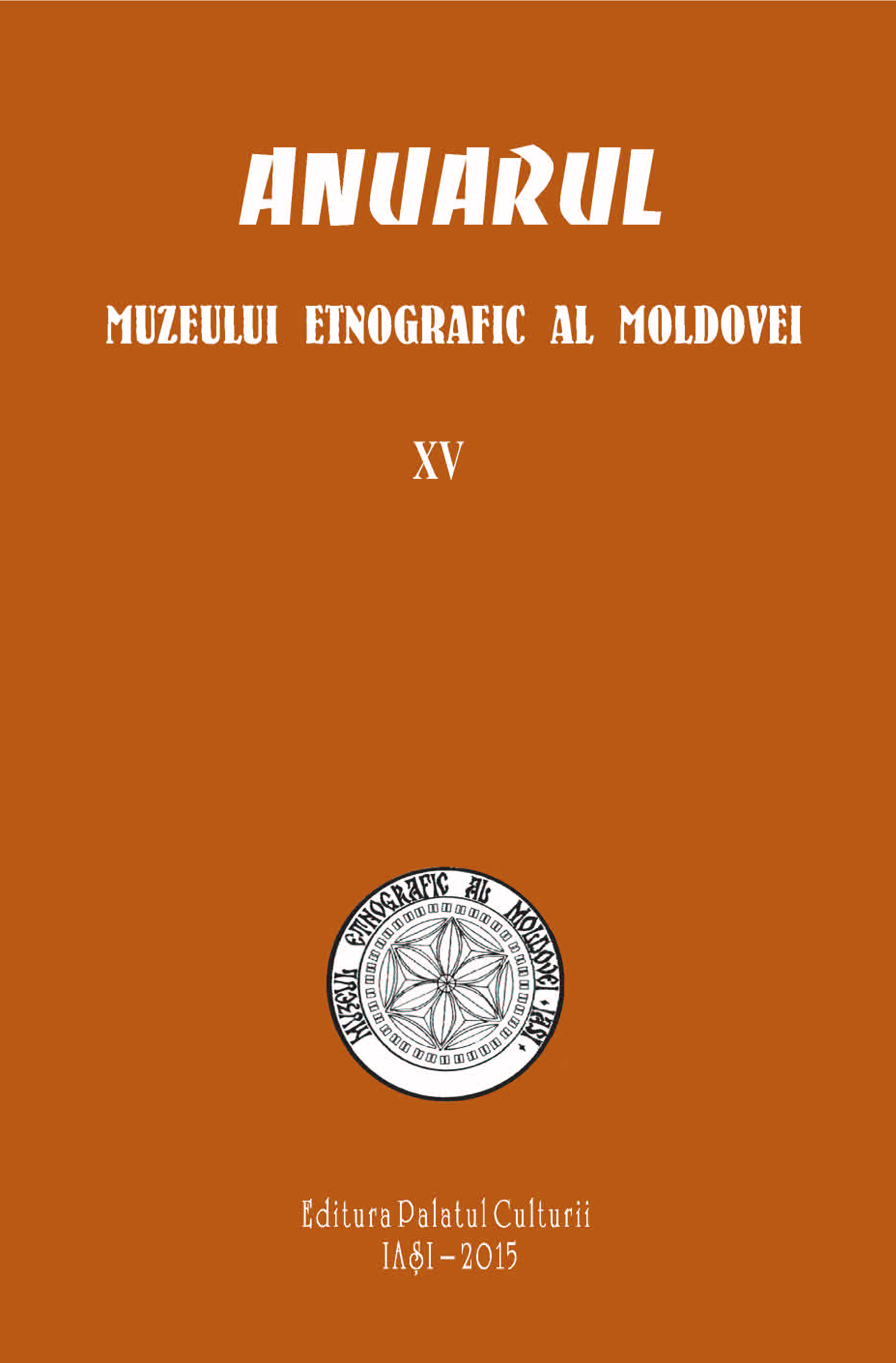Paragraffiti-le din Europa şi semnificaţiile lor magico-religioase
Paragraffiti in Europe and Their Magical and Religious Significance
Author(s): Arcadie BodaleSubject(s): Cultural Anthropology / Ethnology
Published by: Editura Palatul Culturii
Keywords: paragraffiti; significance; symbol; spell; saint; devil; church; monastery
Summary/Abstract: Paragraffiti represent those marks on the walls that are not drawings or writing. They are usually involuntary, yet those on the church walls are made deliberately and related to some magical and religious practices, being determined by the sacredness of the church walls. Therefore, the scratch marks made on the name initially registered in the proskomide or diakonikon or on the name included in the memorial prayers written on the walls of the monasteries and churches of Bukovina were made with the purpose of deleting the remembrance of these people and, implicitly, chasing away the divine protection from them. On the other hand, cavities prelevations were made in order to swallow the material extracted from the sacred building with the purpose of healing diseases or sterility, to sprinkle it in the eyes of the person afflicted with conjunctivitis, or to stop children from crying. Moreover, within the entire Romanian space, the custom consisting of extracting the eyes, ears, lips or clothes of the saints painted on the walls had magical purposes. Thus, the mutilation of the devils’ faces represented a way to punish the demons in case of unsuccessful spell, as the witch has the possibility to avenge on the devil painted on the walls by removing his eyes. Sometimes the mineral material resulted from the devil’s eyes was used for stealing a married woman’s man, while the dust resulted from the scratching of the devils’ genital organs was used in men’s food or drinks with the purpose of making them virile. At the same time, the witches used the dust resulted from the mutilation of the faces of the saints on the church walls to enhance the power of their spells, ensuring their success. The dust from the saints’ eyes was used in love spells, to make peace between two persons, to bring disease in the house and the body of a certain person, to make a man madly in love with someone, to blindfold the enemies or judges, but mainly to prevent husbands from seeing the adultery of their unfaithful wives. “The devil’s scratches” paragraffiti have magical and religious beliefs, too. They were made on saints’ sarcophagi or statues, as well as on the walls of Catholic churches in order to heal diseases or women sterility; in periods of food scarcity, consuming the extracts of mineral material was believed to have the power of calming hunger pains. Small cavities represented a symbol of the prayers for the dead, while the marks and horseshoes present in the church walls were ex-votos for healing a horse or a sign of gratitude made by a knight who had had a safe trip, or for healing fever. There was the belief that the nails hammered into the church walls had the power to inhibit the evil, so healing the ill was hoped. Therefore, by means of paragraffiti (striations made with sharp objects, ritual scratching, extracting stone dust for preparing drinks, small perforations and cavities, horseshoes and nails hammered into the church wall), their authors made a direct connection with the divinity, and scratching the church walls was not a sacrilege, even if it contradicted the ideas of Christianity. Lastly, paragraffiti are made on the church walls even today in all Christian Europe, being a proof for the survival of traditional beliefs in a postmodern world. Their aim still is prevailingly magical and religious.
Journal: Anuarul Muzeului Etnografic al Moldovei
- Issue Year: 2015
- Issue No: 15
- Page Range: 207-228
- Page Count: 22
- Language: Romanian

